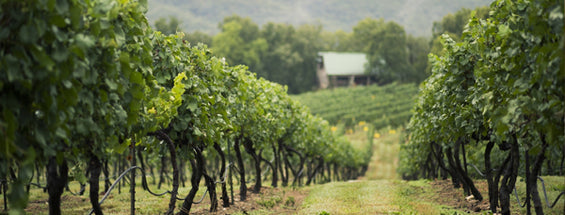Winery Info/Brand
The Bordeaux wine vineyards of Bouscaut vineyards have existed since the 16th century. The 54 hectare vineyard of Chateau Bouscaut is the largest vineyard in the Cadaujac commune. The terroir is gravel, clay, limestone and sand soils. The Pessac Leognan vineyards of Chateau Bouscaut are planted for both red and white wine grape varieties. For the production of the red wine for Chateau Bouscaut, 47 hectares are planted to to 50% Merlot , 47% Cabernet Sauvignon and 3% Petit Verdot . For the white wine, 7 hectares of vines are planted to 65% Semillon and 35% Sauvignon Blanc . On average, the vines are old, at close to 40 years of age. However, Chateau Bouscaust has some very old Semillon vines that are over 100 years of age. The vineyard is planted to a vine density of 7,200 vines per hectare. To produce the red wine of Chateau Bouscaut, vinification takes place in a combination of temperature controlled, traditional cement vats and stainless steel tanks. Malolactic fermentation takes place in vat and barrels. The wine is aged in an average of 50% new, French oak barrels for 16 months.


Region Info/Origin
Pessac-Léognan is a wine growing area and Appellation d'Origine Contrôlée, in the northern part of the Graves region of Bordeaux. Unlike most Bordeaux appellations, Pessac-Léognan is recognised for both red and (dry) white wine, although red wine is still predominant. It includes the only red-wine producer outside the Haut-Médoc classified in the Bordeaux Wine Official Classification of 1855, the premier cru Château Haut-Brion, and also all of the châteaux listed in the 1953/59 classification of Graves. These classed growths account for a third of the wine produced in Pessac-Léognan.




